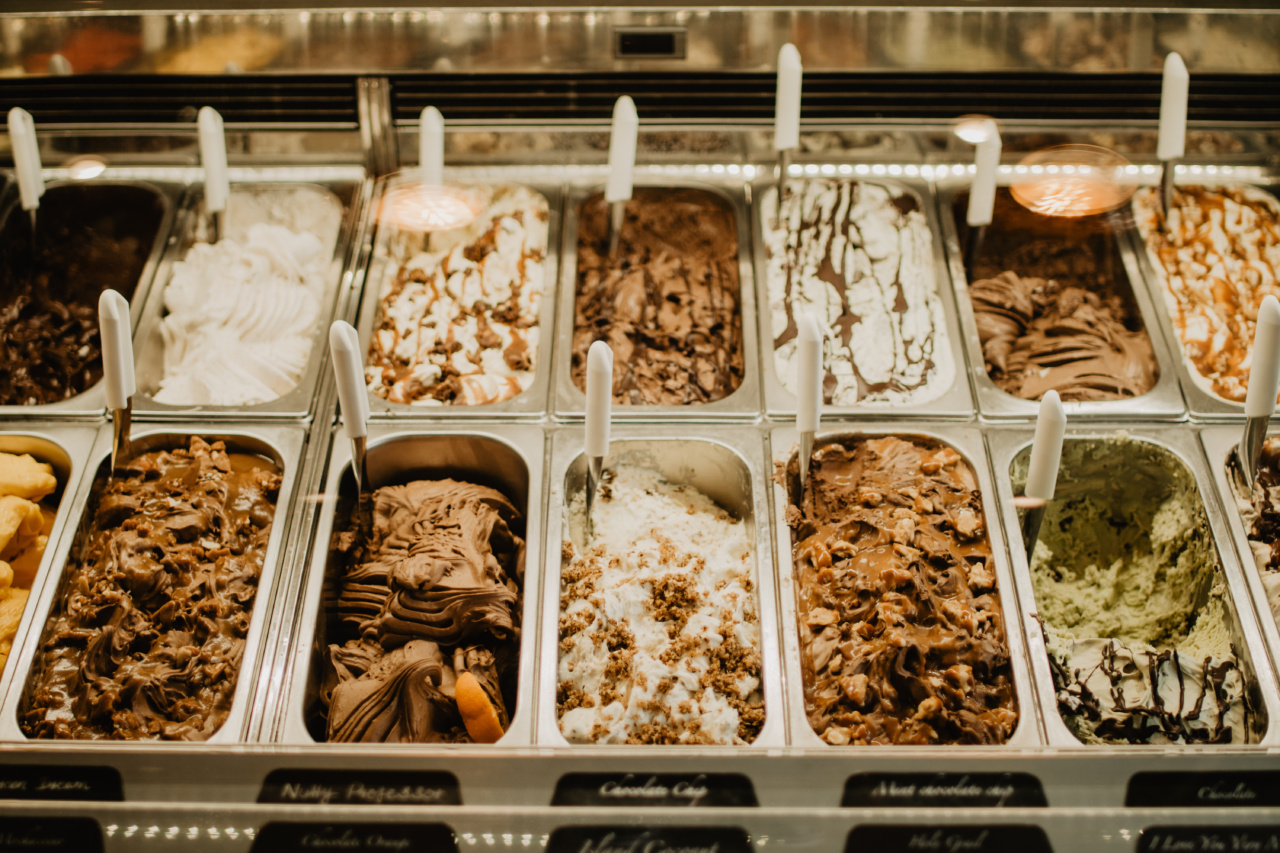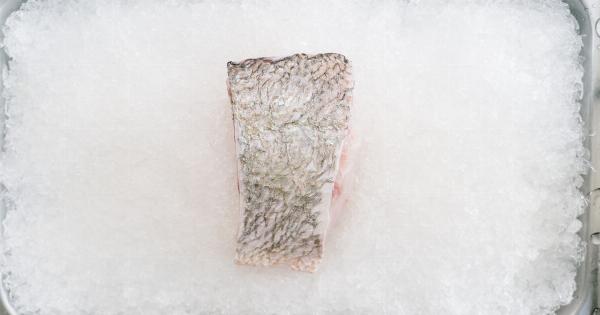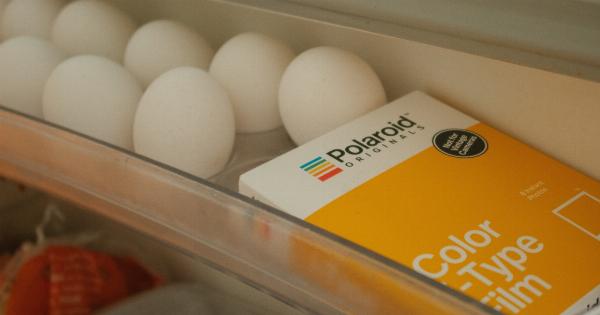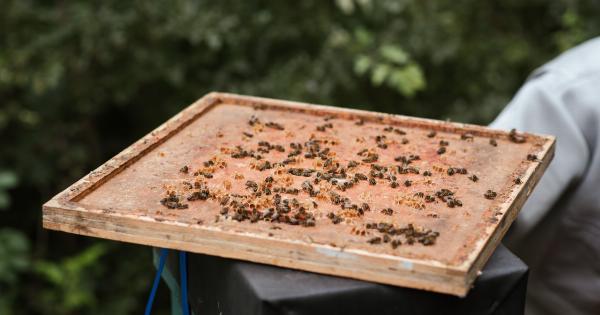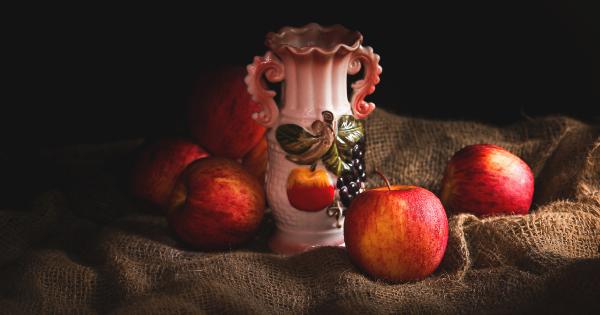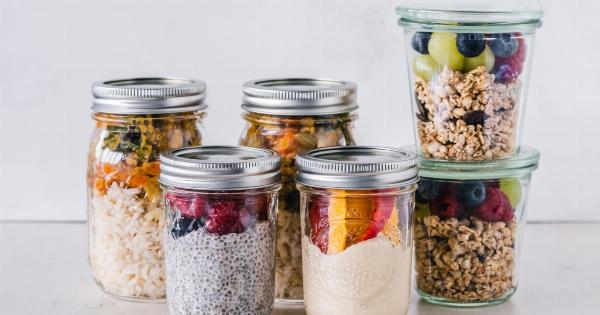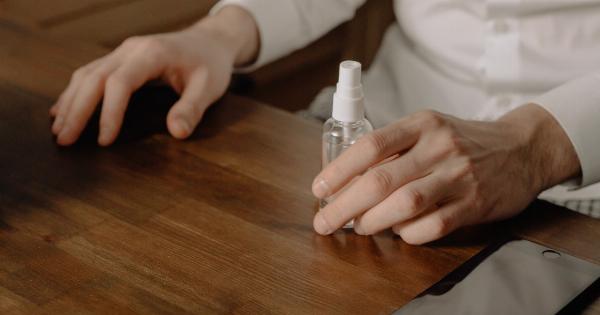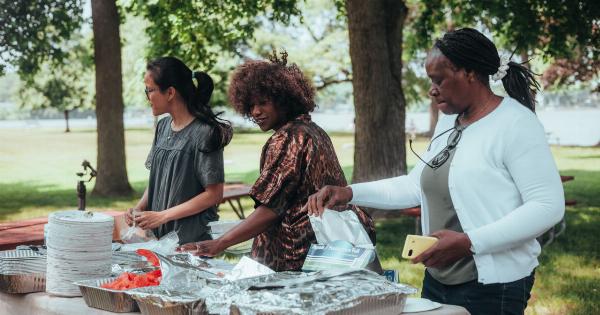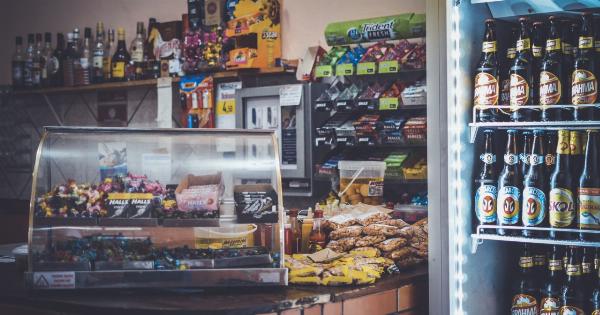Freezer burn is a common problem that occurs when food is improperly stored in the freezer. It is characterized by dry, discolored patches on the surface of frozen foods, making them less appetizing and potentially less safe to consume.
While freezer burn doesn’t pose any health risks, it can affect the taste, texture, and overall quality of your frozen foods. To prevent freezer burn and ensure that your frozen foods stay fresh and delicious, here are some tips for proper food storage.
Invest in Quality Freezer Bags and Containers
The first step in preventing freezer burn is to use high-quality freezer bags and containers to store your food. Look for bags that are specifically designed for freezer use and have a thick, durable construction.
These bags are typically made of materials that provide a barrier against moisture and oxygen, the main culprits behind freezer burn. Similarly, choose containers that are airtight and made of freezer-safe materials, such as glass or heavy-duty plastic.
Wrap Food Properly
When storing food in the freezer, it’s important to wrap it properly to protect it from freezer burn.
For fruits, vegetables, and other individual items, wrap them tightly in a layer of plastic wrap or aluminum foil before placing them in a freezer bag or container. This extra layer of protection helps to prevent air and moisture from reaching the food.
For meat, poultry, and fish, it’s best to double wrap them in plastic wrap, followed by a layer of aluminum foil, before placing them in a freezer bag or container.
Remove Excess Air
Air is the enemy when it comes to freezer burn. It can cause moisture to evaporate from the food, leading to the development of freezer burn. To minimize air exposure, make sure to remove as much air as possible from freezer bags before sealing them.
One effective method is to use a straw to suck out the excess air from the bag before sealing it. Alternatively, you can use a vacuum sealer to remove the air completely. If using containers, fill them up to the brim to limit the amount of air space inside.
Label and Date Your Frozen Foods
Properly labeling and dating your frozen foods is not only helpful for organization, but it also helps you keep track of how long they have been in the freezer. Over time, frozen foods may start to develop freezer burn even if stored correctly.
By labeling and dating your items, you can easily identify and prioritize the oldest ones to be used first. This practice ensures that you always consume the oldest items first and reduces the chances of freezer burn due to prolonged storage.
Frost-Free Freezers Are Not Always Ideal
Frost-free freezers may seem convenient since they automatically defrost themselves, but they may not be the best choice for long-term storage. These types of freezers use a heating element to periodically melt any frost that accumulates on the walls.
However, the temperature fluctuations caused by this defrosting process can promote freezer burn. If possible, opt for a manual defrost freezer or choose a separate chest freezer for long-term storage, as they tend to have more stable temperatures.
Keep Your Freezer Full
An often overlooked tip for preventing freezer burn is to keep your freezer relatively full. When a freezer is fully stocked, the items inside help to maintain a more stable temperature.
This stability helps to minimize temperature fluctuations that can lead to freezer burn. If you don’t have enough food to keep the freezer full, consider using containers filled with water to fill up the empty spaces. This trick can help maintain a more consistent temperature, reducing the likelihood of freezer burn.
Don’t Overcrowd Your Freezer
While it’s important to keep your freezer full, it’s equally important not to overcrowd it. Overcrowding can restrict airflow, making it difficult for your freezer to maintain a consistent temperature.
Without proper airflow, some areas of the freezer may become colder than others, leading to freezer burn in certain spots. To ensure optimal airflow, leave enough space between food items and avoid blocking any vents or air circulation pathways in your freezer.
Store Food in the Right Portions
When freezing food, it’s a good idea to divide it into smaller portions before storing. Freezing food in large quantities can make it more difficult to defrost and use only a portion of it at a time, resulting in unnecessary waste.
Additionally, larger portions may take longer to freeze and thaw, increasing the chances of freezer burn. By storing food in smaller portions, you can easily take out and consume what you need, leaving the rest safely stored in the freezer.
Keep the Freezer Clean and Organized
Maintaining a clean and organized freezer is key to preventing freezer burn. Regularly clean the interior of your freezer to remove any ice buildup or spilled food that may contribute to temperature fluctuations.
Organize your frozen foods by type and date of storage, ensuring that older items are prominently placed at the front for easy access. This way, you can efficiently rotate your freezer stock and consume items before they have a chance to develop freezer burn.
Monitor and Control Your Freezer Temperature
Lastly, regularly monitor and control the temperature of your freezer to prevent freezer burn. Ideally, your freezer should be set at or below 0°F (-18°C) to keep your food properly frozen.
Use a freezer thermometer to check the temperature periodically and make adjustments as needed. A freezer that is too warm can accelerate the development of freezer burn, while one that is too cold may affect the texture and quality of your frozen foods.
